Apple Watch Series 2 - Comprehensive Review & Buying Guide
The Apple Watch Series 2 marked a significant evolution in Apple's wearable technology when it was released, introducing built-in GPS and proper water resistance for the first time. While newer models have since surpassed it in features and performance, the Series 2 remains an interesting option for budget-conscious buyers or those seeking basic smartwatch functionality.
This comprehensive review examines the Apple Watch Series 2 from today's perspective, evaluating its current capabilities, limitations, and overall value proposition. We've tested the device across various use cases including fitness tracking, daily notifications, and compatibility with modern iPhones to help you determine if this older Apple Watch model still meets today's smartwatch expectations and requirements.
Apple Watch Series 2 Recommendations
⚠️ AFFILIATE DISCLOSURE: This website contains affiliate links. As an Amazon Associate, we earn from qualifying purchases. If you make a purchase through these links, we may receive a small commission at no additional cost to you. Read our full affiliate policy.
Apple Watch Series 2 Comparison & Recommendations
Is Apple Watch Series 2 Right for You?
🏆 Best for Basic Users
Series 2 - Basic Model
💰 Budget Alternative
Consider Newer SE
⚡ Limited Use Cases
Specific Scenarios
Comparison Summary
- Compatibility: Only works with iPhone 6s or later running iOS 14 or earlier
- Performance: Dual-core processor was fast for its time but slow by modern standards
- Features: Lacks always-on display, ECG, blood oxygen monitoring, and fall detection
- Software: No longer receives watchOS updates, stuck on older version
- Battery Life: Up to 18 hours, but aged batteries may perform worse
Apple Watch Series 2 Advantages & Limitations
After thorough testing and evaluation of the Apple Watch Series 2 in today's context, here's our detailed analysis of its strengths and weaknesses:
✅ Series 2 Advantages
Built-in GPS: First Apple Watch with standalone GPS for tracking outdoor workouts without iPhone.
Water Resistance: 50-meter water resistance suitable for swimming and water sports.
Bright Display: 1000 nits brightness made it easily readable in sunlight.
Affordable Option: Significantly lower cost compared to newer models when purchased used.
Basic Functionality: Core features like notifications, activity tracking, and Apple Pay still work.
❌ Series 2 Limitations
No Software Updates: Doesn't support current watchOS versions or security updates.
Limited Compatibility: Cannot pair with iPhones running iOS 15 or newer.
Aged Performance: Processor feels slow compared to modern smartwatches.
Missing Health Features: Lacks ECG, blood oxygen monitoring, and always-on display.
Battery Degradation: Older devices may have significantly reduced battery capacity.
Value Analysis
The Apple Watch Series 2 represents limited value in today's market. While it can be found at low prices, its compatibility restrictions and lack of software support make it difficult to recommend. For slightly more investment, the Apple Watch SE or used Series 4/5 offer dramatically better performance and features with ongoing support.
Tips for Choosing the Right Apple Watch
Selecting an Apple Watch requires careful consideration of your current needs, compatibility requirements, and budget. Here's a strategic approach to making the best choice:
Key Factors When Choosing an Apple Watch
1. Verify iPhone Compatibility
Check your iPhone model and iOS version before considering older Apple Watch models. Series 2 only works with iOS 14 or earlier, making it incompatible with most current iPhones.
2. Assess Feature Requirements
Determine which features are essential: basic activity tracking versus advanced health monitoring like ECG or blood oxygen. Older models lack many current health features.
3. Consider Software Support
Older watches like Series 2 no longer receive updates, meaning missing features and potential security vulnerabilities. Newer models guarantee several years of updates.
4. Evaluate Battery Considerations
Used Apple Watches may have degraded batteries requiring more frequent charging or replacement. Factor in potential battery service costs when considering older models.
5. Compare Price vs Value
While Series 2 appears inexpensive, newer SE models often provide better long-term value with modern features, performance, and compatibility.
6. Check Condition Thoroughly
When buying used, inspect for screen scratches, battery health, and overall condition. Older devices may have wear that affects functionality and aesthetics.
Recommendations Based on Needs
- Current iPhone Users: Apple Watch SE or newer for full compatibility
- Health Monitoring: Series 4 or newer for ECG and advanced features
- Fitness Focus: Series 3 or newer for basic activity tracking
- Budget Conscious: Consider refurbished newer models over old Series 2
- Swimmers: Series 2 or newer for water resistance
Frequently Asked Questions About Apple Watch Series 2
Is Apple Watch Series 2 still worth buying?
The Apple Watch Series 2 can still be worth considering for basic fitness tracking and notifications at a lower price point. However, it no longer receives software updates and lacks many modern features. It's best suited for users with basic needs or those looking for an affordable entry into the Apple Watch ecosystem, provided they have compatible older iPhones.
What features does Apple Watch Series 2 have?
Apple Watch Series 2 includes built-in GPS, water resistance up to 50 meters, heart rate monitoring, activity tracking, and a bright OLED display. It supports basic notifications, Apple Pay, and has a dual-core processor that was significantly faster than the original model. However, it lacks always-on display, ECG, blood oxygen monitoring, and fall detection found in newer models.
Does Apple Watch Series 2 work with latest iPhones?
Apple Watch Series 2 is compatible with iPhone 6s or later running iOS 14 or earlier. It does not support pairing with iPhones running iOS 15 or newer, which limits its compatibility with current iPhone models and modern iOS features. This restriction makes it unsuitable for most users with recently purchased iPhones.
How long does Apple Watch Series 2 battery last?
The Apple Watch Series 2 typically provides up to 18 hours of battery life with normal use, including time telling, notification checking, and workout tracking. Battery performance may vary based on usage patterns and the age of the device, as older batteries may have reduced capacity. Heavy GPS use during workouts will significantly reduce battery duration.
Can Apple Watch Series 2 track swimming workouts?
Yes, the Apple Watch Series 2 was the first model to feature proper water resistance for swimming. It can track pool swimming workouts and is water resistant up to 50 meters. The watch automatically detects swimming strokes and tracks metrics like laps, distance, and calories burned. This makes it suitable for swimmers among its limited current use cases.
Conclusion
The Apple Watch Series 2 represents an important milestone in Apple's wearable history, introducing key features like built-in GPS and proper water resistance. However, in today's rapidly evolving smartwatch market, its limitations significantly outweigh its advantages for most users. The compatibility restrictions with modern iPhones and lack of software updates make it difficult to recommend as a primary smartwatch.
While the Series 2 may appeal to budget-conscious buyers or those with specific compatibility scenarios, most users will find better value in slightly newer models like the Apple Watch SE or used Series 4. These options provide modern features, ongoing software support, and full compatibility with current iPhones, ensuring a better long-term smartwatch experience.
Ready to Choose Your Apple Watch?
Check out the best Apple Watch selections above and find the one that best suits your needs. Each product has been selected based on thorough testing and real user reviews to ensure you get the best smartwatch experience according to your budget and compatibility requirements.
Related Articles You Might Like
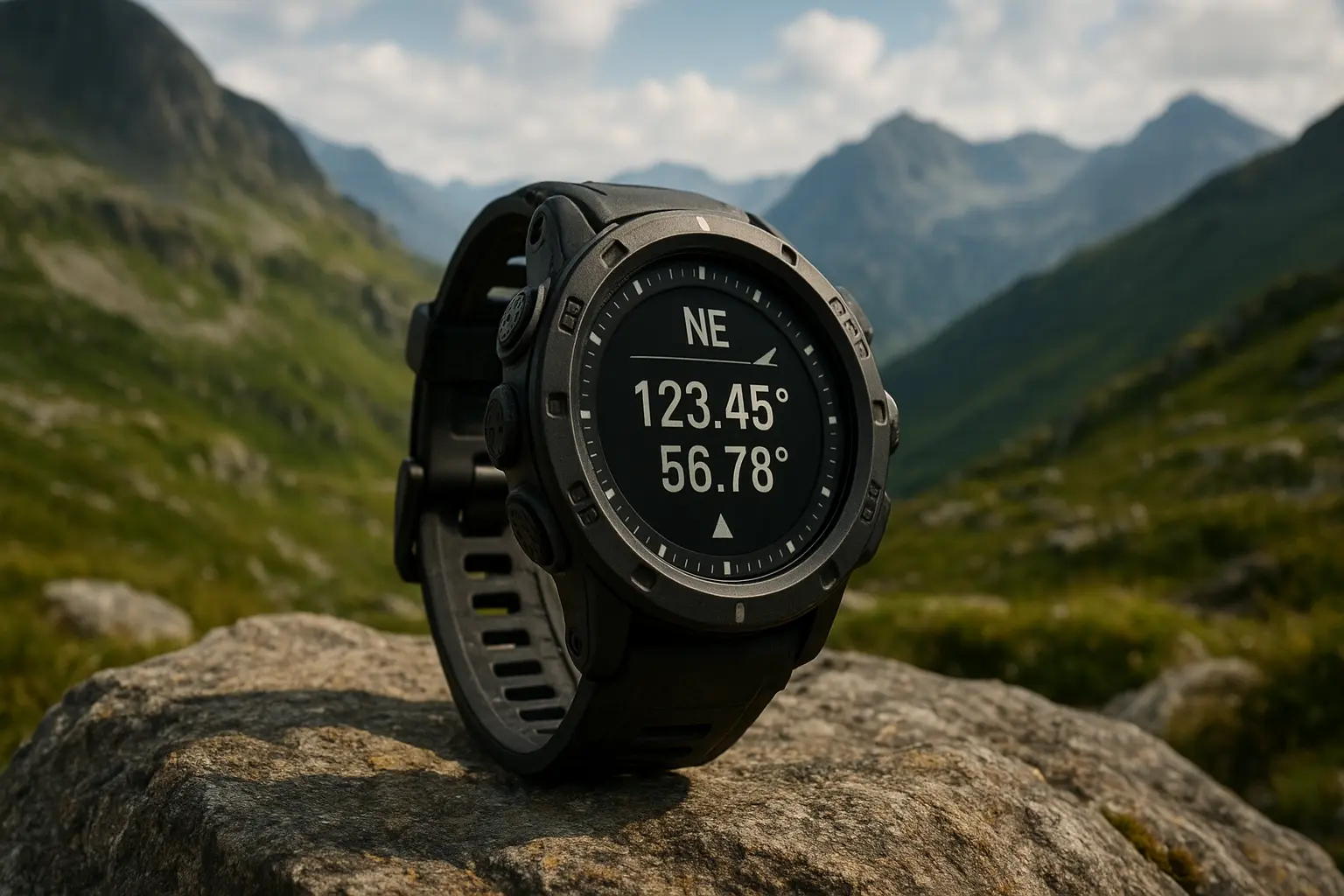
Explore the best outdoor adventure watches equipped with essential features like compass, GPS navigation, and water resistance for your next expedition.
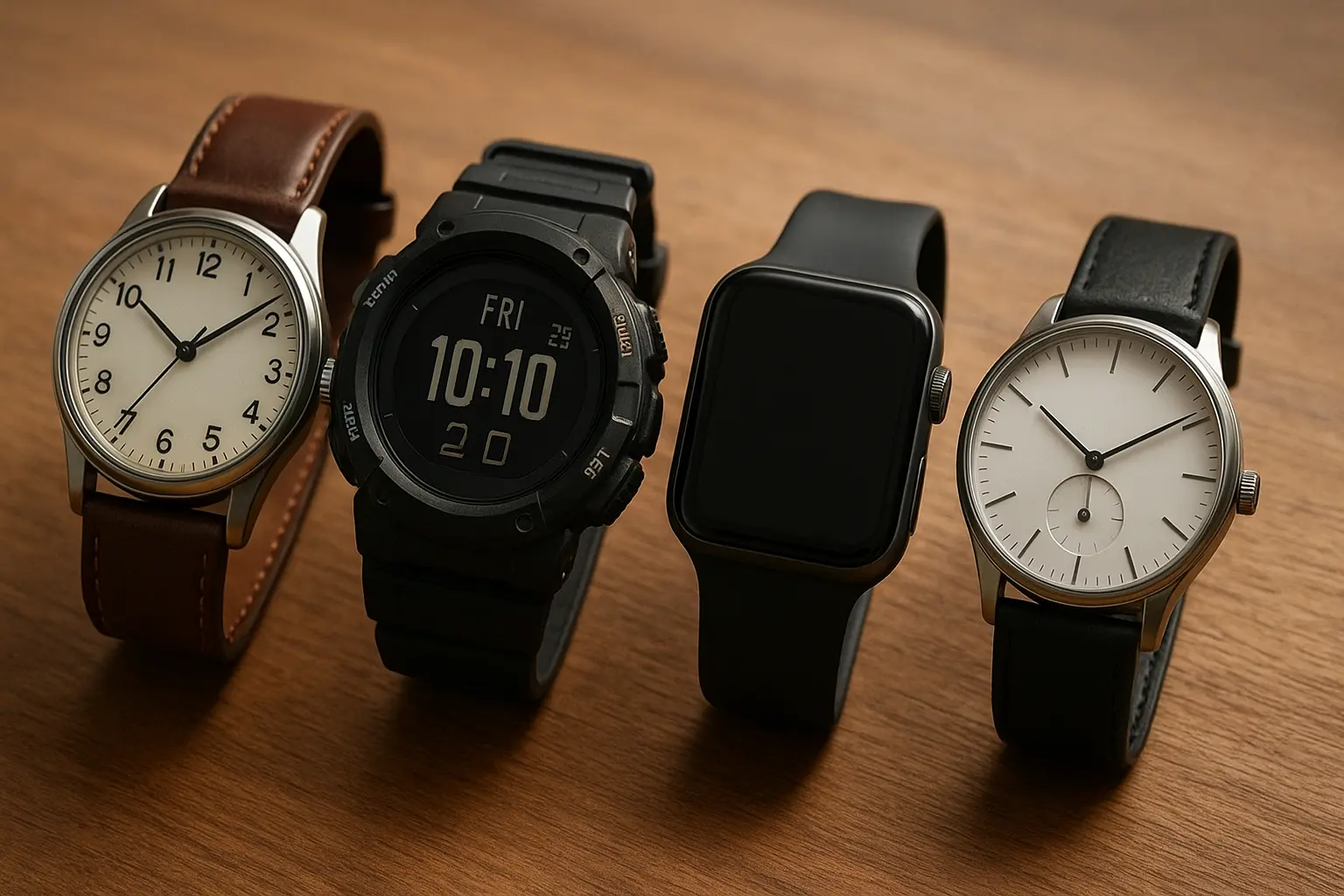
Comprehensive guide to different watch types including analog, digital, smartwatch, and hybrid models to help you choose the perfect timepiece.
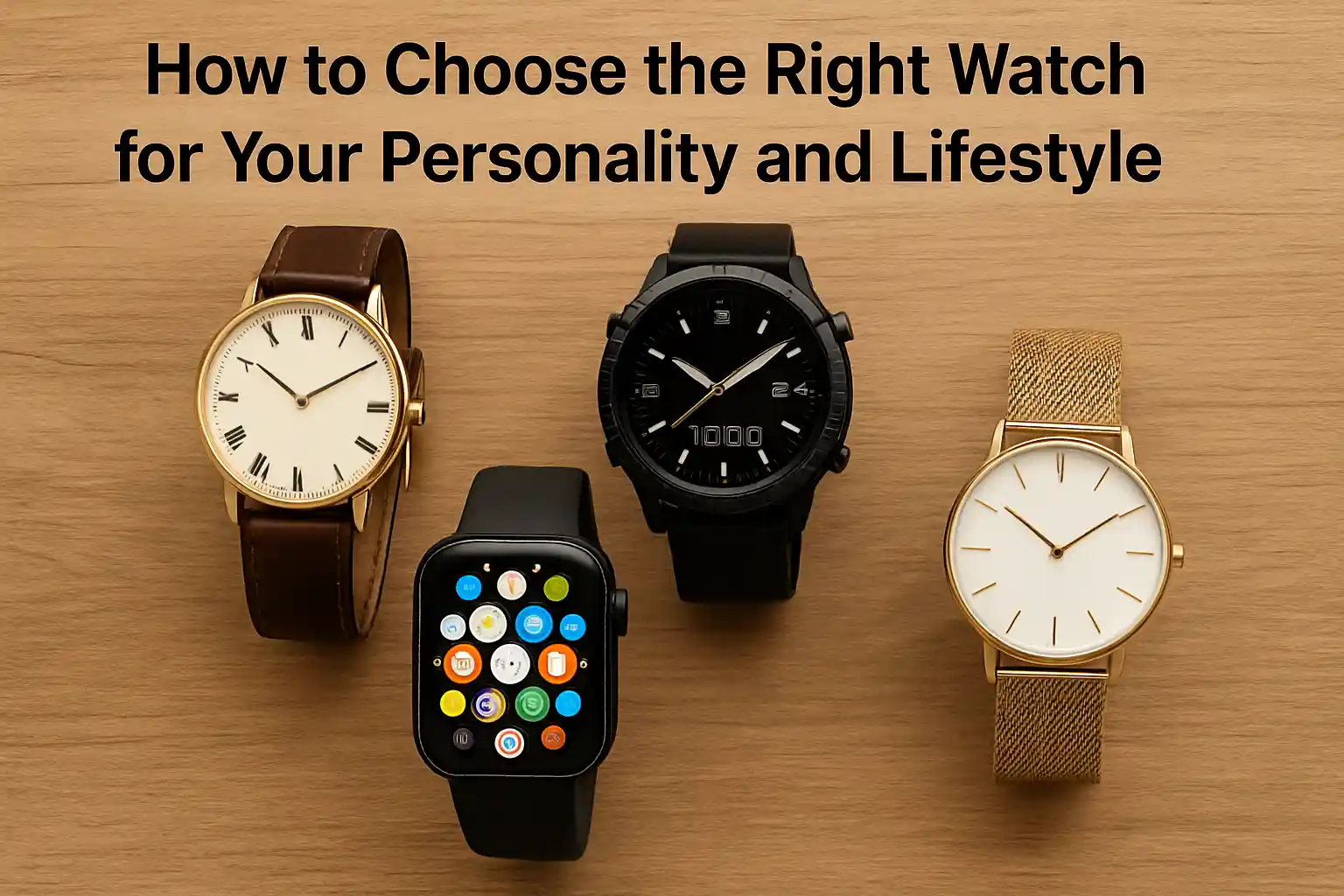
Expert tips on selecting watches that match your personal style, daily activities, and lifestyle requirements for optimal satisfaction.
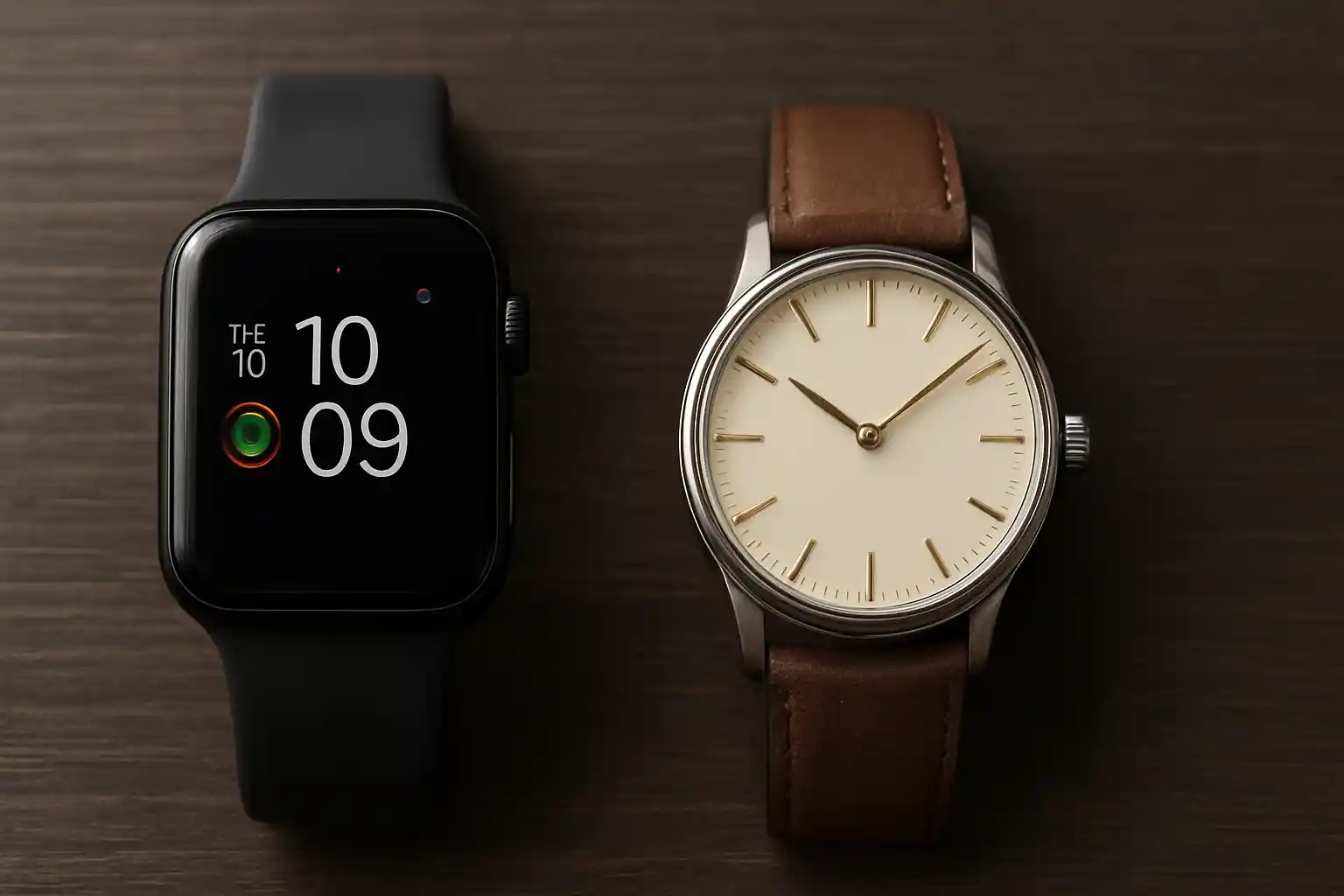
Detailed comparison between smartwatches and traditional watches to help you decide which type better suits your needs and preferences.
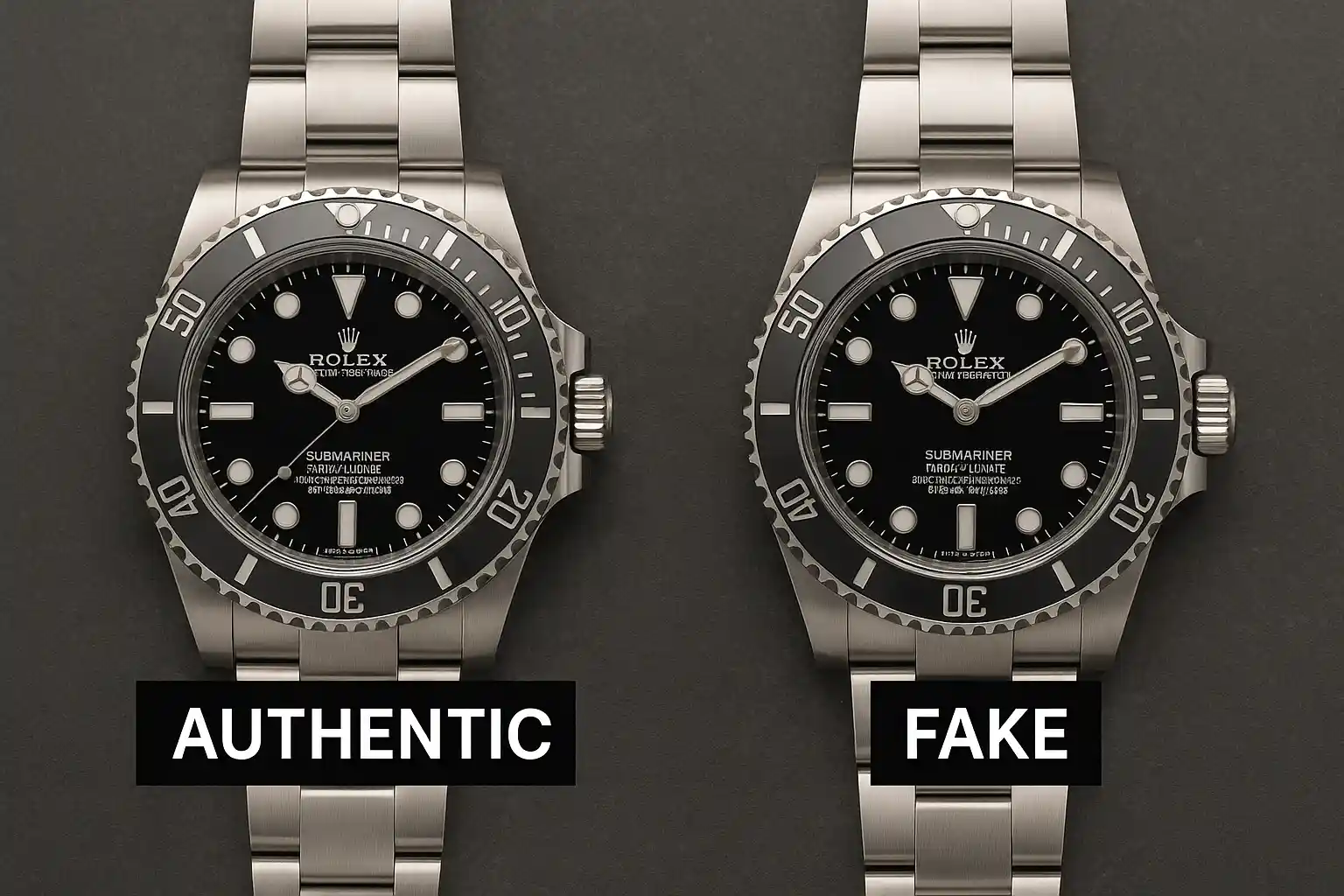
Learn essential tips and techniques to identify authentic watches and avoid counterfeit timepieces when making your purchase.

Essential safety tips and best practices for purchasing watches online to ensure authentic products and secure transactions.